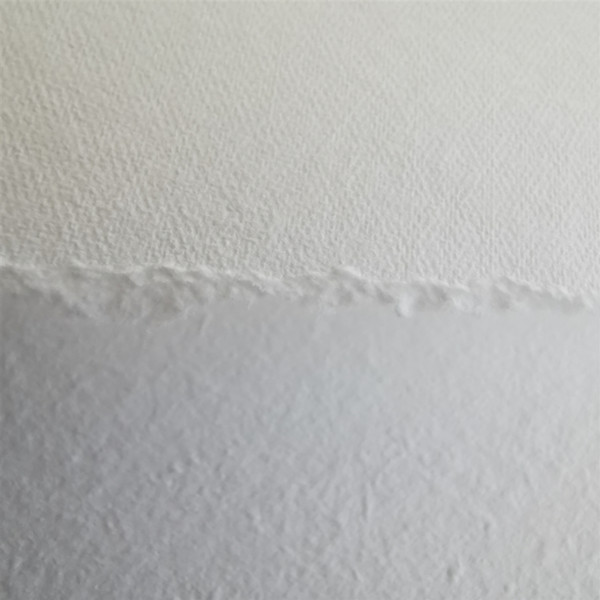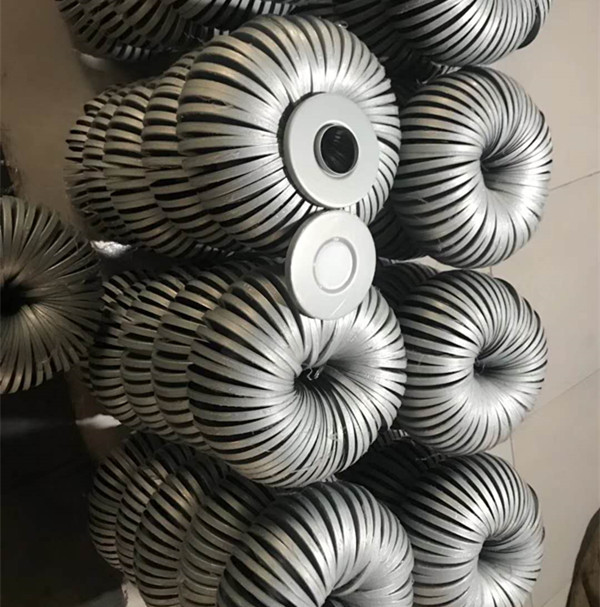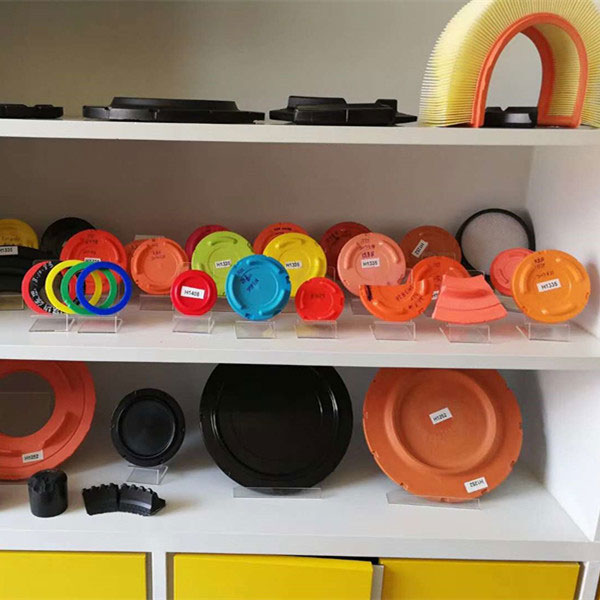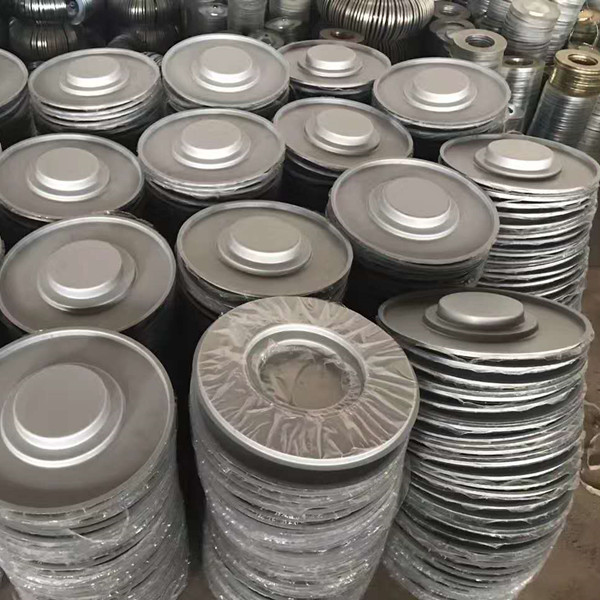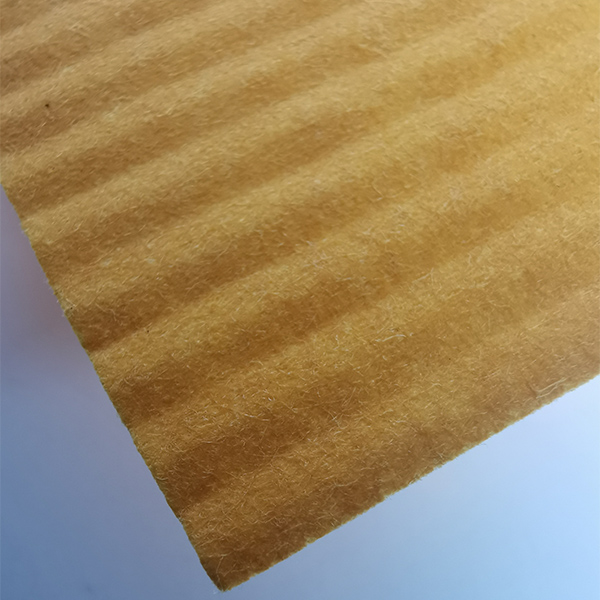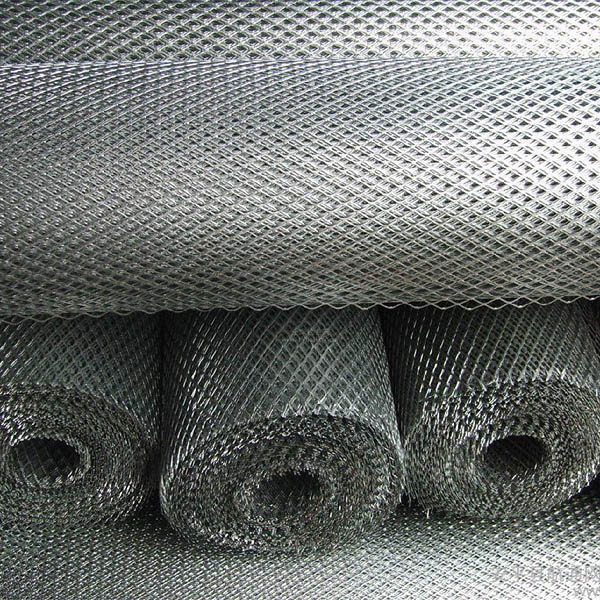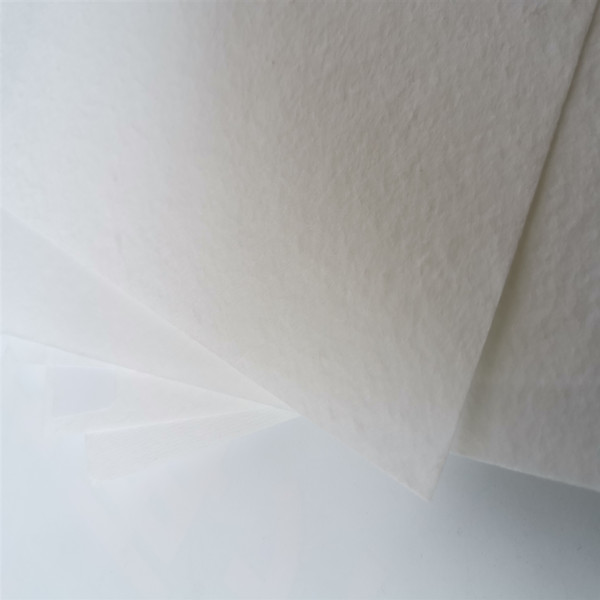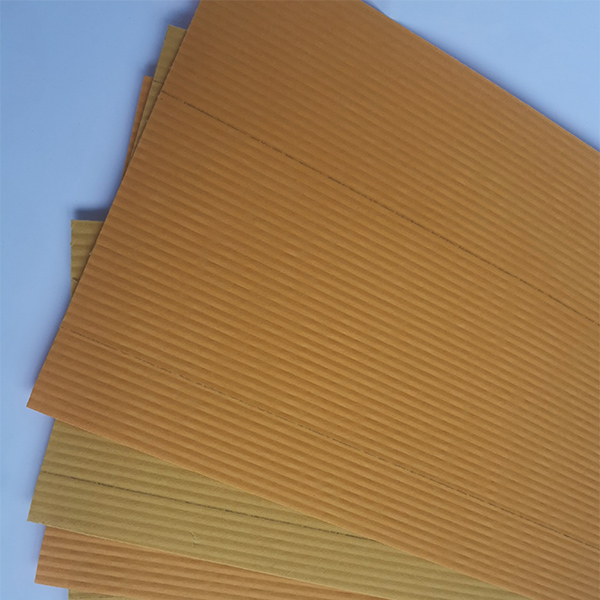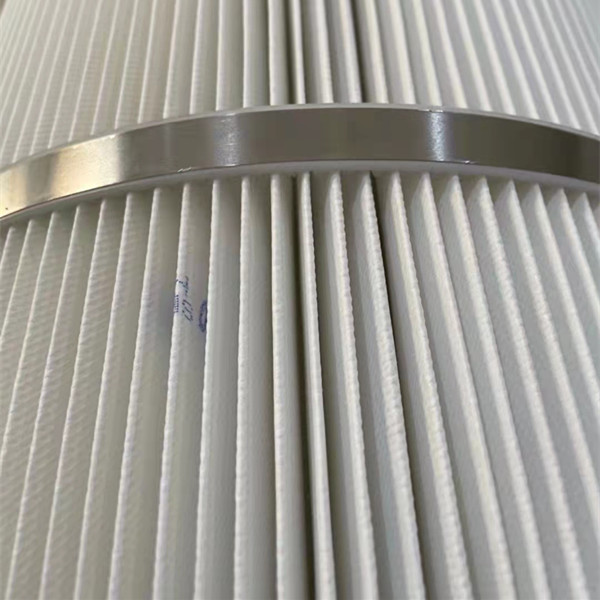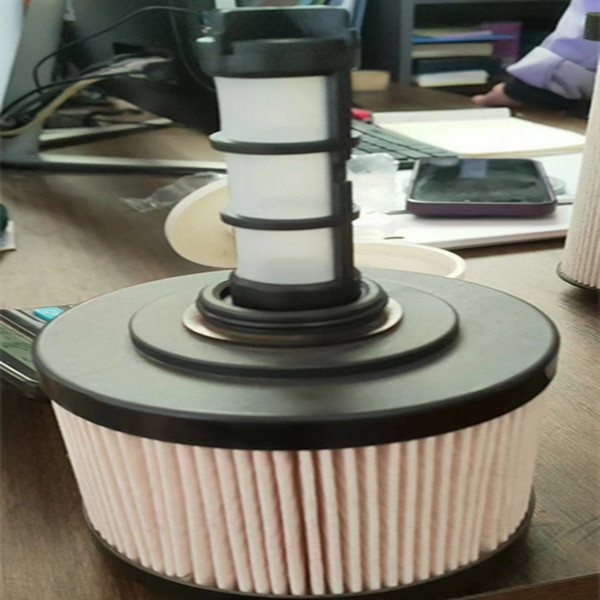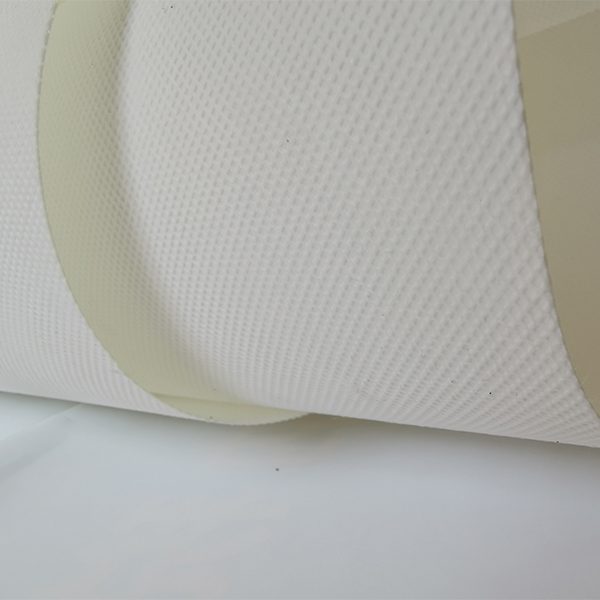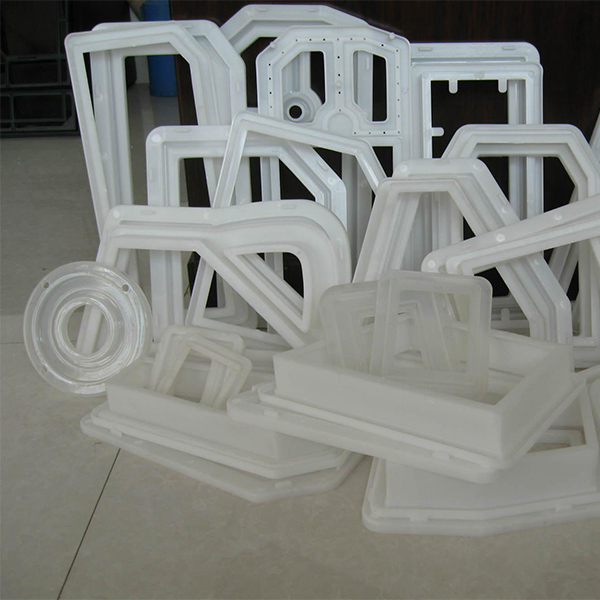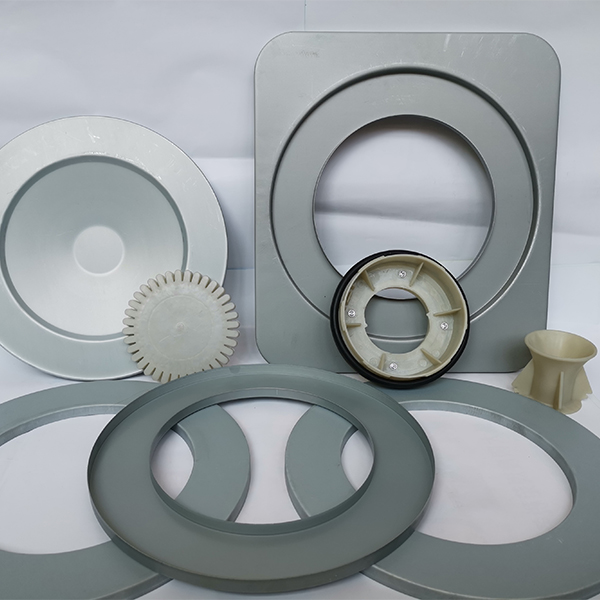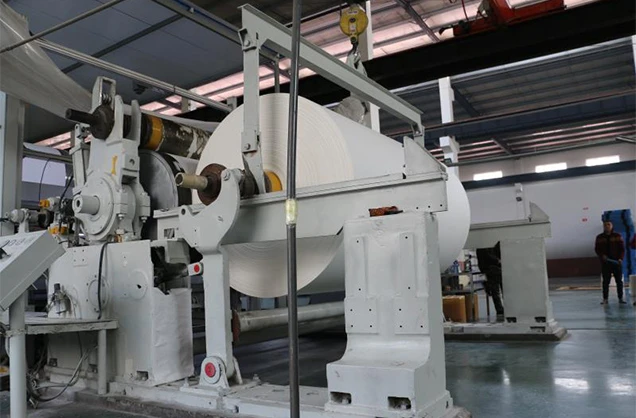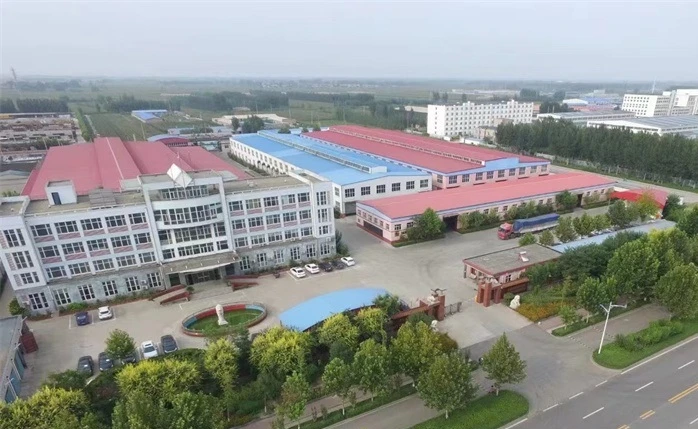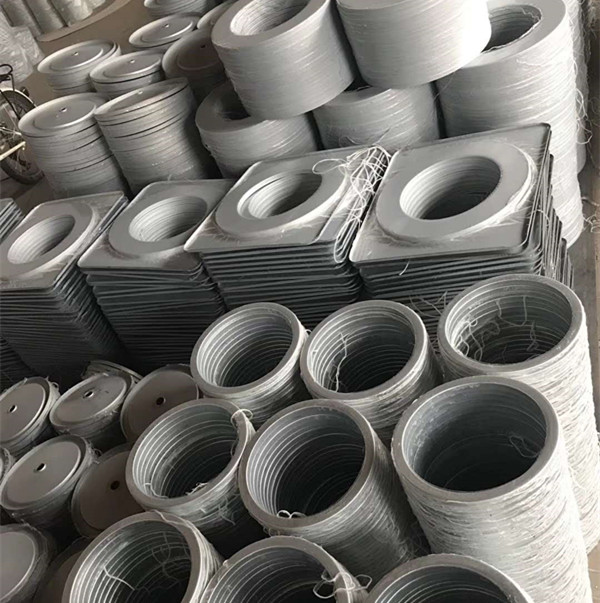In the era of deadly airborne viruses, air purification equipment has now shown various shapes and sizes. At last month’s Consumer Electronics Show CES, the company introduced a new portable air filter device for your bedside, cup holder, table top, meeting room, and even hanging around your neck. Although each of these devices can purify the air, the problem is that none of them can ventilate. Science increasingly shows that if you are serious about stopping the spread of the coronavirus, masks, social distancing and opening windows may do more than expensive electronic purification equipment.
Most air purifier designs use the same basic method. There is a filter and fan. The fan draws in and circulates air through the filter. The filters in these types of equipment are usually made of paper, fiber (usually glass fiber) or some type of net, which allows it to remove contaminants such as dust and pollen well, but cannot remove gas or less. particle. It is important to remember that the work efficiency claimed by the air purifier manufacturer is accurate after laboratory testing, but it is almost impossible to recreate the specific laboratory conditions. The location, installation, flow rate and running time of the purifier will greatly affect its working effect. Ventilation is usually a big problem. After the air is “purified”, the fan circulates it out, but the air is not ventilated to other areas of the space. Therefore, air purifiers often repeatedly purify the same air in their vicinity. The smaller the device, the greater the basic problem.
Achipatala sakudziwabe kuti ndi zida zingati zoyeretsera mpweya zomwe zimathandiza kuletsa kufalikira kwa coronavirus. Palibe kukayika kuti atha kuthandiza omwe ali ndi vuto la ziwengo ndipo akhala akugwiritsidwa ntchito kwa zaka zambiri, koma kusefa tsatanetsatane wa tinthu tating'ono ta COVID-19 ndikovuta kwambiri. Palibe dokotala amene amanena kuti zipangizo zonyamulika zoyeretsera mpweya zimatha kuthetsa vutoli. Akatswiri amalimbikitsa kuvala masks ndikukhala kutali ndi anthu monga njira yoyamba yodzitetezera. Ndizosavuta kuwonetsetsa kuti tinthu ta COVID-19 sizilowa mumlengalenga kuposa kuzisefa zitabalalitsidwa. Komabe, zida zambiri zoyeretsera mpweya sizinawononge izi.
More useful than filtration is to increase ventilation. Studies have shown that keeping the air “fresh” is one of the best ways to stop diffusion. Known as air change, the rate at which air is completely replaced in a space is a key indicator of the level of symbiosis risk. The more changes in the air, the better. Mayo Clinic professor and researcher Dr. Mark Ereth explained in our recent “Flexible Workplace” report how much air is needed to pass through a room to help eliminate ultrafine particles such as COVID-19. In an office building, there are several times an hour every three to six minutes,” he said. There is evidence that, with the aid of a central ventilation system, air purifiers increase the air exchange rate or volume. But open the windows is also like this.
Ndikungofuna kukupatsani lingaliro. M'chipinda chopangira opaleshoni, mpweya umasinthidwa mphindi zitatu mpaka zisanu ndi chimodzi, pamene m'nyumba ya ofesi, umasinthidwa kangapo pa ola.
“The most important thing to consider when buying an air filter is whether the space you want to use in it already has good ventilation-then the air filter won’t increase too much,” Dr. Shelly Miller, an environmental expert, Colorado An engineer at the University of Boulder told Webmd that his research focuses on the spread of airborne diseases.
Kunena zowona, ndizovuta kuphunzira momwe mungatsegule zenera kuti musinthe mpweya wabwino. Kuyenda kwa mpweya m'malo amkati kumakhala kovuta kufanizira kapena kuneneratu. Zomangamanga zabwino kwambiri padziko lonse lapansi n’zovuta kuthetsa vuto la kutsegula mazenera chifukwa makina oyendera mpweya ndi ovuta kwambiri. Chofunika kwambiri n’chakuti, kutsegula mazenera kungakhale kothandiza kwambiri ngati zoyeretsa mpweya, kapenanso kuchita bwino kwambiri. Kuchepetsa mpweya wamkati womwe ungakhale ndi COVID-19 wokhala ndi mpweya wakunja wopanda kachilomboka kumachepetsa kuchuluka kwa kachilomboka mumlengalenga, motero kumachepetsa mwayi wotenga matenda. Ofufuza akuvutikabe kuti adziwe kuchuluka kwa mpweya wabwino komanso mtundu uti womwe uli wabwino kwambiri. Palibe mgwirizano wokwanira m'magulu azachipatala.
Columbia University virologist Angela Rasmussen told Vox: “There is no perfect “safe” level of ventilation because we actually don’t know what “safe” is because we don’t know how much exposure will cause spread.”
Kusakhala ndi mayankho onse sikwabwino, koma ndikwabwino kuposa kunamizira kukhala ndi mayankho. Kukhala woona mtima pa zomwe zingagwire ntchito kapena sizingagwire ntchito kungathandize anthu kupanga zisankho zabwino za momwe angakhalire otetezeka. Monga mitu yambiri yokhudzana ndi oyeretsa mpweya, mituyo sichita. Koposa zonse, angaganizidwe kukhala otetezeka. Zoyipa kwambiri, ma ionizers, ma plasma jenereta ndi ma electrostatic precipitators amatha kubweretsa zoopsa. Zida zimenezi zimachititsa kuti tinthu ting’onoting’ono ting’onoting’ono n’kumamatira pamwamba m’malo moyandama mumlengalenga, n’kupanga ozoni ngati chinthu china chilichonse.
ASHRAE, a professional association that specializes in setting standards for ventilation and air-conditioning, said that when using equipment that may generate large amounts of ozone (respiratory tract irritant) as a by-product of its operation, “must be extra careful.” HEPA and ASHRAE recommend avoiding the use of any air purification devices that produce ozone as a by-product of cleaning indoor air in living spaces.
Njira zabwino zopangira mpweya wabwino zimayenderana ndi mpweya wabwino. Mu ofesi yamakono, kutsegula mazenera sikungatheke pazifukwa zambiri. Nthawi zambiri, mawindo sangatsegulidwe nkomwe. Pankhaniyi, mutha kutsimikizira kugwiritsa ntchito zida zapamwamba zosefera mpweya. Popeza kusefera kwa mpweya kosachokera ku ozoni sikubala zotsatira zoyipa, kuipa kokha kwa zida zosefera mpweya ndi mtengo ndi phokoso. Mtengo wotumizira mpweya wabwino (CADR) wa chipangizo umakudziwitsani zambiri zakuchita kwake. Chiyembekezochi chimaganizira momwe fyulutayo imagwirira ntchito komanso mphamvu ya fani kuti idziwe kuchuluka kwa mpweya womwe umadutsa mu fyuluta. Kukwera kwa CADR, malo oyeretsera ndi aakulu. Kugula zipangizo zoyenera ndikungodziwa kukula kwa chipinda. Kumbukirani kuti chipangizochi chikakhala chokulirapo, chotenthetseracho chimakhala champhamvu kwambiri, ndipo mkokomo wake umamveka kwambiri. M'malo aofesi, phokoso lalikulu liyenera kuganiziridwa. Mtengo wamtengo wapatali wa HEPA woyeretsa mpweya umayambira pafupifupi $ 200, ndipo mtengo wake umawonjezeka pamene mlingo wa CADR ukuwonjezeka. Anthu ena amamanganso zoyeretsera mpweya wawo pomanga zosefera za MERV ku bokosi mafani ndi ndalama zosakwana $30.
Pochita ndi zida zomwe zili ndi zofunikira zachipatala, ndikofunikira nthawi zonse kulekanitsa zowona ndi zopeka ndikupindula ndi malonda. Opanga zinthu omwe akuyembekeza kuti apindule ndi kuchuluka kwa zida zochepetsera COVID-19 adzaza msika ndi zida zonyamula zoyeretsera mpweya. Akatswiri amakhulupirira kuti zida zapamwamba sizidzawonongeka. N’zothekadi kupanga zoyeretsera mpweya mwa kuwononga mazana kapena masauzande a madola pa zipangizo zoyeretsera mpweya, koma mwina sitingadziŵe kuti zingati. Yankho labwino ndikuvala chigoba, ndipo ngati n'kotheka, tsegulani zenera.
Propmodo akufotokoza ndikutanthauzira zomwe zimachitika kwa akatswiri ogulitsa nyumba pophatikiza nkhani, kafukufuku, zochitika ndi ntchito zamalonda.
• We believe that the future will be defined by leaders who understand the general environment of the real estate industry.
• We believe that the commercial future of real estate lies at the intersection of technology and marketing.
• We believe that the creative future of real estate lies in the intersection of user experience and design.
Nthawi yotumiza: Mar-16-2021

